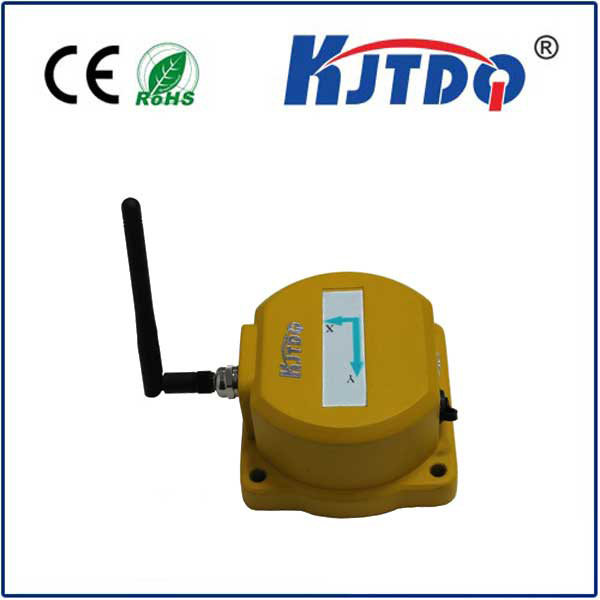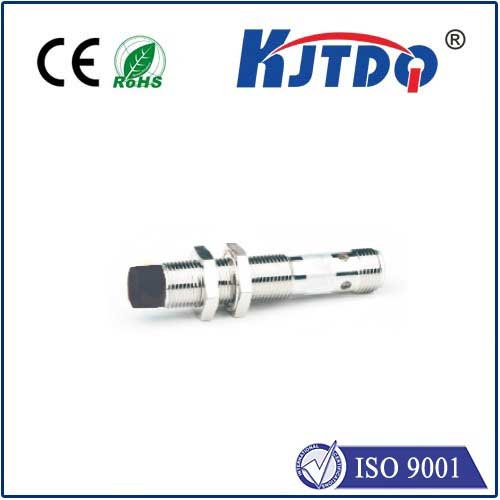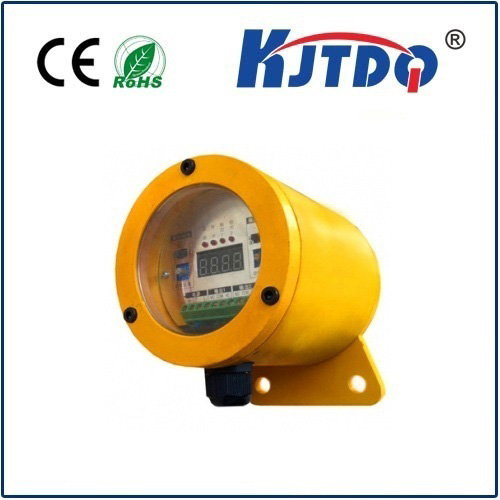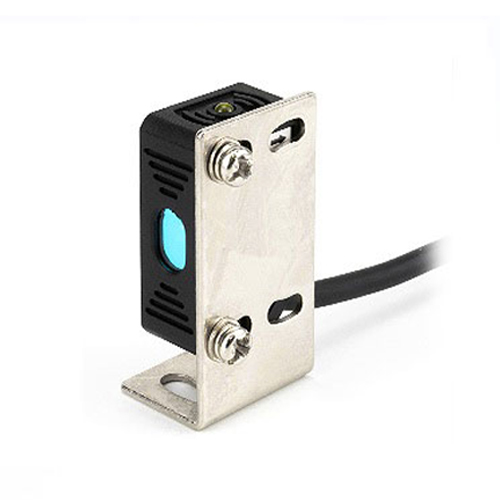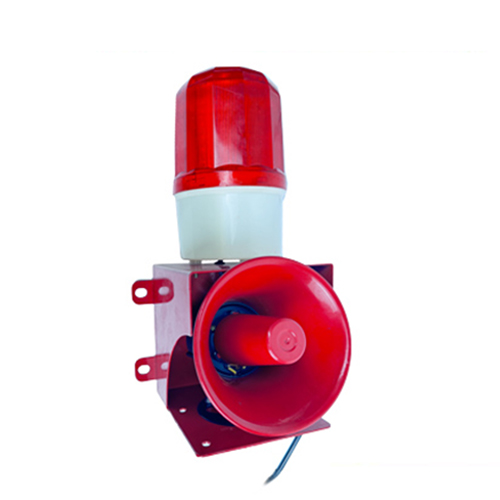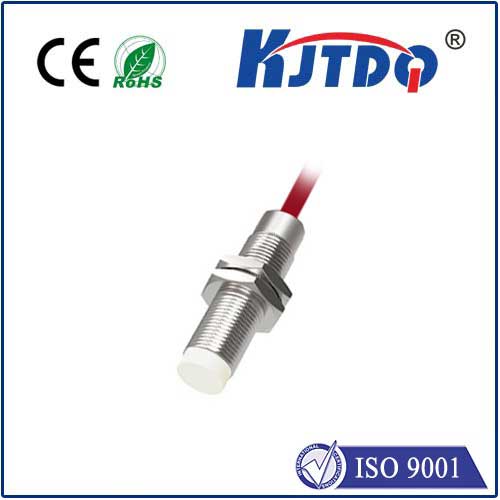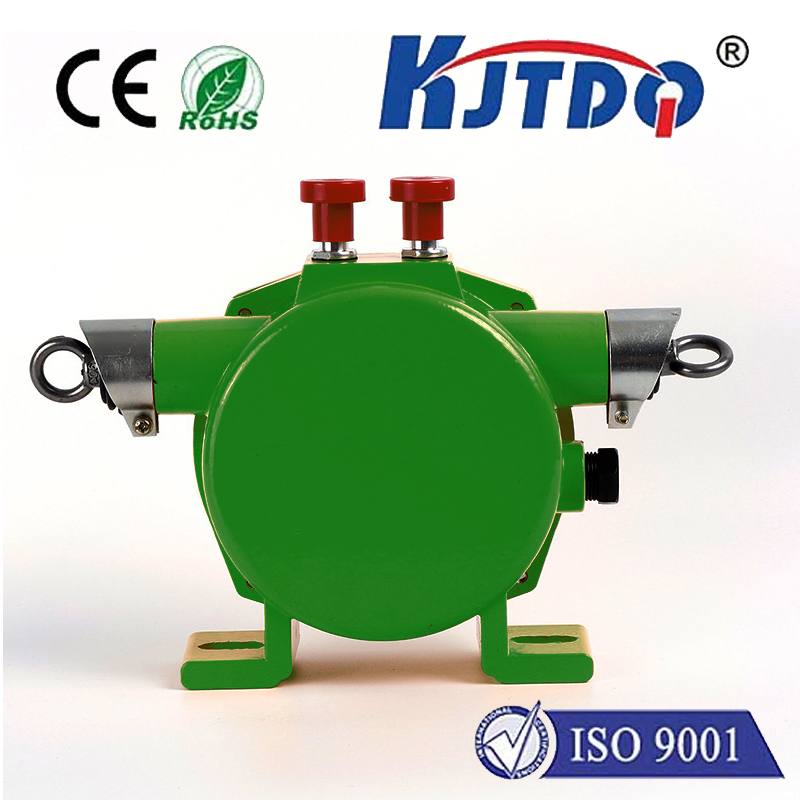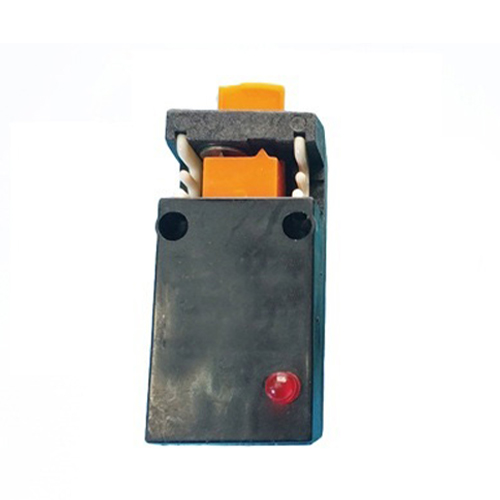flame limit switch
- time:2025-08-04 12:40:22
- Click:0
Flame Limit Switch: The Silent Guardian Preventing Furnace Disasters
Ever heard a faint click from your furnace right after the burner ignites? That subtle sound often signifies a crucial safety check, courtesy of an unsung hero: the flame limit switch. Far more than just a component, this small device stands as the essential barrier between safe, efficient heating and potentially dangerous gas leaks or furnace overheating. Understanding its role is paramount for both homeowner safety and HVAC technician diagnostics.
What Exactly is a Flame Limit Switch?
At its core, a flame limit switch, also frequently called a flame rollout switch or high-limit switch, is a vital safety sensor integrated into nearly all modern gas-fired heating systems – furnaces, boilers, water heaters, and even some cooking appliances. Its primary mission is twofold:
- Flame Presence Verification: Confirming that an actual flame exists after the gas valve has opened. If no flame is detected within a specific timeframe (a few seconds), the switch triggers a shutdown to prevent unburned gas from flooding the combustion chamber.
- Over-Temperature Protection: Monitoring the temperature within the heat exchanger or combustion chamber. If temperatures climb to dangerously high levels – often due to restricted airflow (dirty filters, blocked vents), failing components, or improper combustion – the switch activates, shutting down the burners to prevent heat exchanger damage, fire risk, or cracks that could leak deadly carbon monoxide (CO) into the living space.
How Does This Critical Safety Device Work?

The operation hinges on heat-sensitive mechanisms, primarily utilizing one of two common principles:
Bimetallic Disc: Many flame rollout switches employ a bimetallic disc. This disc is made of two different metals fused together, each expanding at a different rate when heated. Under normal conditions, the disc remains convex. If exposed to excessive heat (like flames rolling out of the designated area) or no heat (indicating flame failure), the disc snaps into a concave shape. This physical snap physically breaks an electrical circuit.
Thermocouple/Flame Sensor: While distinct from the rollout function, verifying main flame presence often involves a thermocouple (in pilot light systems) or more commonly today, a flame rectification rod. These generate a tiny electrical current only when engulfed in a proper flame. This “flame signal” is essential to keep the gas valve energized. If the flame goes out, the signal disappears, and the gas valve is instructed to close. High-limit switches also often use a temperature-sensitive material that expands or changes resistance to open the circuit at a preset temperature threshold.
Key Characteristics and Placement:
- Normally Closed (NC): These switches are designed in a “fail-safe” state. Electricity flows through them only when conditions are safe (cool enough temperature or flame present, depending on type). When unsafe conditions trigger them, they open the circuit.
- Manual Reset: Crucially, many flame rollout switches and some high-limit switches are manual reset. Once tripped by excessive heat or flame failure, they require a physical reset (pressing a button) after the problem is diagnosed and resolved. This prevents the appliance from automatically restarting into a potentially hazardous condition.
- Strategic Location: You’ll find flame rollout switches mounted directly on or very near the burner assembly or heat exchanger access panel. Their job is to sense flames escaping the combustion chamber. High-limit switches are typically clipped onto the main heat exchanger body or within the flue collector box to monitor core operating temperatures.
Why is the Flame Limit Switch Non-Negotiable?
The Flame Limit Switch is the critical link in the safety chain. Its failure, or bypassing it (which is extremely dangerous and illegal), removes the fundamental safeguards:
- Preventing Gas Explosions: Without flame verification, gas could continue to flow if ignition fails, filling the combustion chamber and potentially the surrounding area. A subsequent spark could cause an explosion.
- Eliminating Carbon Monoxide Poisoning: Cracked heat exchangers or inefficient combustion due to overheating can leak CO. The high-limit switch is a primary defense against this insidious, deadly gas.
- Avoiding Catastrophic Furnace Damage: Overheating can warp or crack metal components, destroy wiring, melt plastics, and lead to extremely expensive repairs or complete system replacement. The limit switch acts as the critical thermal cutoff.
- Mitigating Fire Hazards: Flames rolling out where they shouldn’t or extreme overheating poses a direct fire risk to the appliance housing and nearby combustible materials.
Signs of a Tripped or Faulty Flame Limit Switch:
- Furnace Shutting Down Shortly After Ignition: This is a classic symptom, especially if it happens repeatedly. The furnace may start, the burners light, but then it shuts off within seconds or minutes. Often, the blower might not even start.
- Manual Reset Required: Finding a tripped switch that needs resetting is a clear indicator something caused it to open the circuit.
- Intermittent Operation or Short Cycling: Erratic furnace behavior, frequently turning on and off in rapid succession, can point towards a failing switch or the underlying issue causing the switch to trip.
- Diagnostic Trouble Codes: Modern furnaces display error codes via a blinking LED light. Codes related to “flame loss,” “rollout,” “high limit,” or “safety circuit open” directly implicate the flame limit switch or the problems it’s detecting. Always consult your furnace manual for code meanings.
Troubleshooting and Maintenance:
- NEVER BYPASS THE SWITCH: This is vital. Bypassing removes critical safety protection.
- Identify the Root Cause: A tripped switch is a symptom. Investigate why it tripped. Common culprits include:
- Extremely dirty air filter
- Blocked return air vents or supply registers
- Faulty blower motor or capacitor (reduced airflow)
- Dirty flame sensor rod
- Clogged condensate drain (in high-efficiency furnaces)
- Cracked heat exchanger
- Improper gas pressure
- Blocked exhaust vent or chimney
- A faulty switch itself (less common initially)
- Resolve the Underlying Issue: Replace the filter, unblock vents, clean the flame sensor, clear condensate lines, call for blower motor service, etc. If simple fixes don’t work, contact a licensed HVAC professional immediately. Diagnosing gas pressure, venting, or a cracked heat exchanger requires expertise and specialized tools.
- Reset (If Applicable): After safely resolving the cause, press the reset button on the manual reset switch. The furnace should operate normally. If it trips again instantly or shortly after, the core problem persists or the switch itself may be malfunctioning.
- Professional Inspection: Have your heating system inspected and serviced annually by a qualified technician. They will test switches, clean components (including the heat exchanger), check airflow and gas pressure, and ensure all safety devices, especially the flame limit switch, are functioning correctly.
The humble Flame Limit Switch operates silently in the background, its critical function only becoming apparent when it prevents disaster. It is the cornerstone of safe forced-air gas heating, embodying the essential principle of “safety first.” Recognizing its importance, understanding its function, and responding promptly to any signs it gives (like tripping







